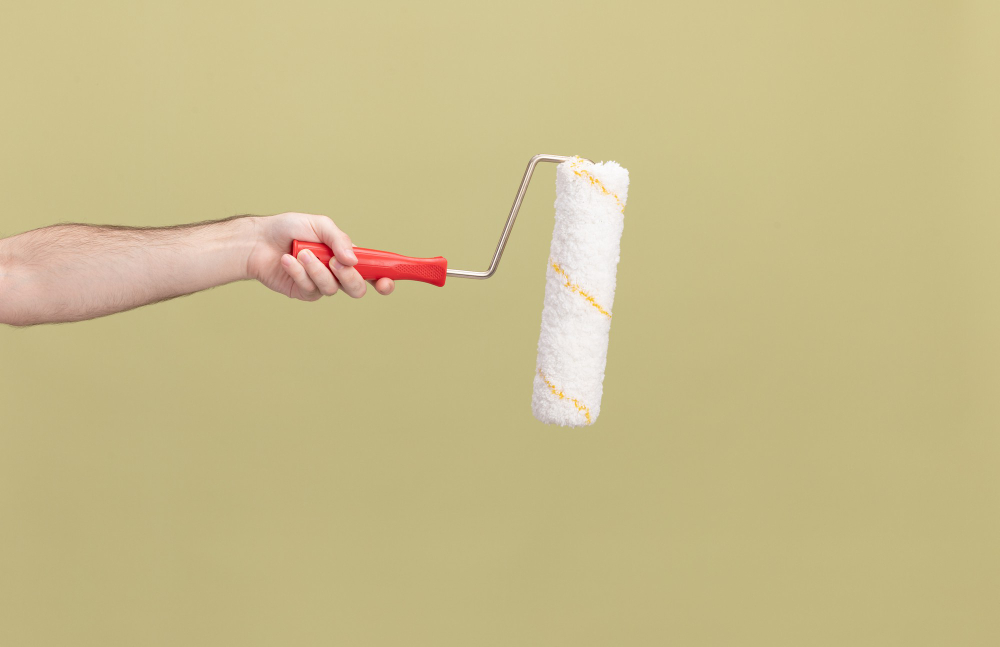
How to Remove Dried Paint from Brushes and Rollers
Whether you’re a seasoned DIY enthusiast or a professional painter, dealing with dried paint on brushes and rollers is a common frustration. However, fear not! With the right techniques and a little patience, you can effectively remove dried paint and restore your brushes and rollers to their former glory. Let’s explore some tried-and-true methods for tackling dried paint and getting your painting tools back in top condition.
Breaking Down the Paint
One of the most effective ways to remove dried paint from brushes and rollers is to soak them in a solvent solution. Common solvents used for this purpose include mineral spirits, denatured alcohol, or paint thinner. Simply pour a small amount of the solvent into a container, then immerse the brushes or rollers in the solution, making sure the bristles or nap are fully submerged. Allow the tools to soak for several hours or overnight, allowing the solvent to penetrate and break down the dried paint.
A Gentle Approach
For water-based paints or latex paints, a gentle scrubbing with soap and water can often do the trick. Start by rinsing the brushes or rollers under warm water to remove any excess paint. Then, apply a small amount of dish soap or mild detergent to the bristles or nap, working it into the paint until it begins to loosen. Use your fingers or a brush comb to gently scrub away the softened paint, rinsing and repeating as needed until the brushes or rollers are clean.
A Natural Solution
Vinegar is another effective and eco-friendly solution for removing dried paint from brushes and rollers. Simply fill a pot or saucepan with white vinegar and bring it to a simmer on the stove. Once the vinegar is hot, remove it from the heat and submerge the brushes or rollers in the solution, allowing them to soak for several hours or overnight. The acidity of the vinegar helps to break down the dried paint, making it easier to remove with a gentle scrubbing or rinsing.
Breaking Through Tough Paint
For stubborn or dried-on paint that refuses to budge, a wire brush can be a lifesaver. Use a stiff-bristled wire brush to gently scrub away the dried paint from the bristles or nap of the brushes or rollers. Be careful not to apply too much pressure, as this could damage the bristles or nap. Instead, use short, gentle strokes to gradually loosen and remove the paint. Once the majority of the paint has been removed, you can finish cleaning the brushes or rollers using one of the previous methods.
Proceed with Caution
In some cases, particularly with oil-based paints or heavily dried-on paint, a commercial paint remover may be necessary. Paint removers are strong chemicals designed to dissolve and remove dried paint from surfaces, including brushes and rollers. However, it’s essential to use paint removers with caution, as they can be harsh and potentially harmful if not used properly. Always follow the manufacturer’s instructions and safety precautions when using paint removers, and consider wearing gloves and protective eyewear to minimize exposure.
Precision Cleaning
For brushes with tightly packed bristles, a comb or pick can be a useful tool for removing dried paint. Use a fine-toothed comb or pick to gently tease out any dried paint that has become lodged between the bristles. Work carefully and methodically, taking care not to damage the bristles or bend them out of shape. Once the dried paint has been loosened, you can follow up with one of the previous cleaning methods to remove any remaining residue.
Restoring Brushes and Rollers to Their Former Glory
In conclusion, removing dried paint from brushes and rollers may seem like a daunting task, but with the right techniques and a little elbow grease, it’s entirely achievable. Whether soaking in solvents, scrubbing with soap and water, employing vinegar, using a wire brush, trying a paint remover, or using a comb or pick, there are plenty of methods to choose from. Experiment with different techniques to find the one that works best for your particular situation, and don’t be afraid to enlist the help of some tried-and-true cleaning solutions. With a bit of patience and perseverance, you can restore your brushes and rollers to their former glory and get back to painting with ease.


